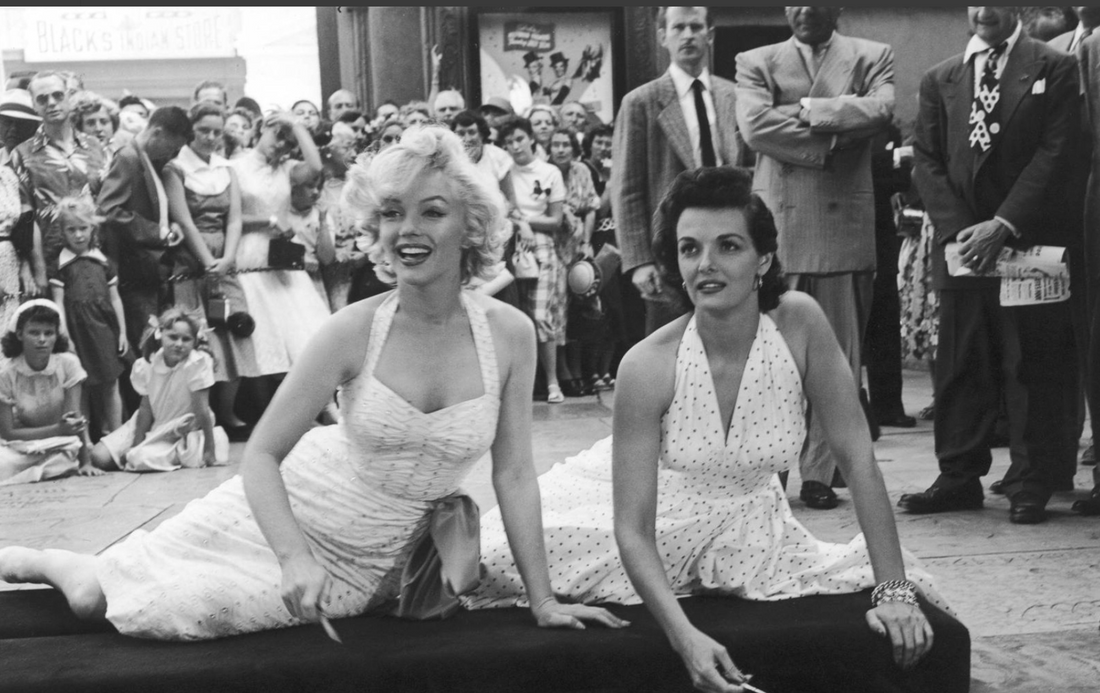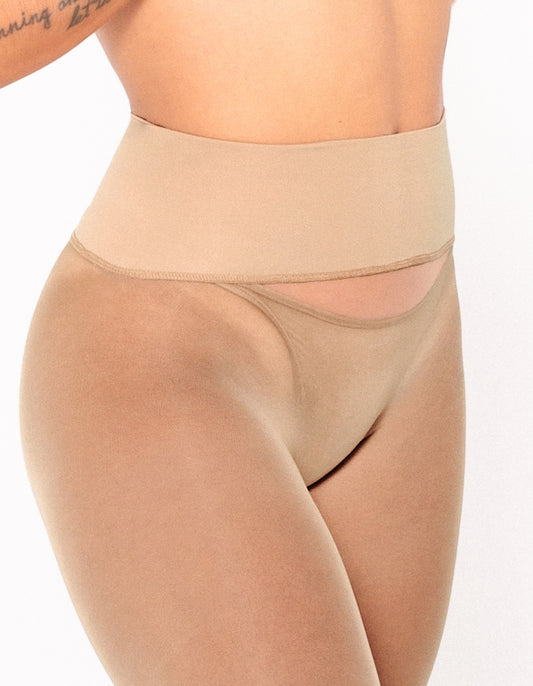
The little dot with a big history
The spotted print we all know and love has a long rich history dating back further than you probably think. After launching our own dotted collants we began wondering where did this common classic print really came from? Polka dots are so saturated in our world, they don the surface of every consumer product imaginable, but it's not common knowledge where such an important print came from. We dug deep and discovered the iconic dot has a much more history than we ever imagined. See below for a dated timeline on big historic events for the little dot.



No one knows for certain where the name ‘polka dot’ originated but most historians will credit the name to the Czech Republic and their popular dance, The Polka. Polka music and dance swept throughout bohemian groups of Europe during the 19th century like wildfire. The dance craze was a phenomenon that led to all kinds of products being named after the dance, like polka pudding and polka hats; however, only the polka dot really stood the test of time.

The earliest known mention of the modern polka dot is in the 1857 Godey’s Lady’s Book. A magazine marketed to women to provide entertainment and knowledge.


Norma Smallwood, the first indigenous woman to win the Miss America pageant accepted her winnings in 1926 wearing a polka dot bathing suit.

In 1940 the iconic Mini Mouse got an update from Disney and for the first time was presented wearing a dotted dress made from the fashionable print. Other major A list celebrities like Marylin Monroe and Lucille Ball commonly wore the speckled print. One of the most famous images of Monroe is of her visiting the troops sporting the print.


In 1960 the song “ Itsy Bitsy Teenie Weenie Yellow Polkadot Bikini” by Paul Vance and Lee Pockriss was released. The famous song we all know too well became a worldwide phenomenon. Reaching number one of Billboards 100 list in several countries. The song has been translated into French and German as well.

In this era is when we see the print really take off. Julia Roberts in Pretty Woman dons the arm of American heart throb Richard Gere wearing an elegant and minimalistic brown and white polka dot print at the Kentucky derby. In the movie, the dotted dress represents a refined sophistication, marking a woman who is stylish and fun yet composed. Countless images of Princess Diana donning an array of different sized dotted ensembles can be found all over the internet. Her and the entire royal family were big fans of the stylish but reserved print.


You have to admit the print in the present day has certainly lasted the test of time. Still quite common in the original white background with small black dots but viable in every color under the sun with endless iterations. The popular print is high fashion, low fashion, feminine, masculine, genderless, classic chic and everything in between.
shop our version of the historic print here.









